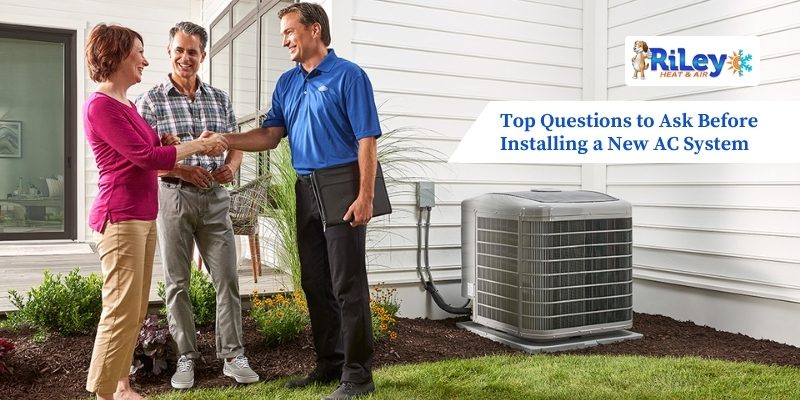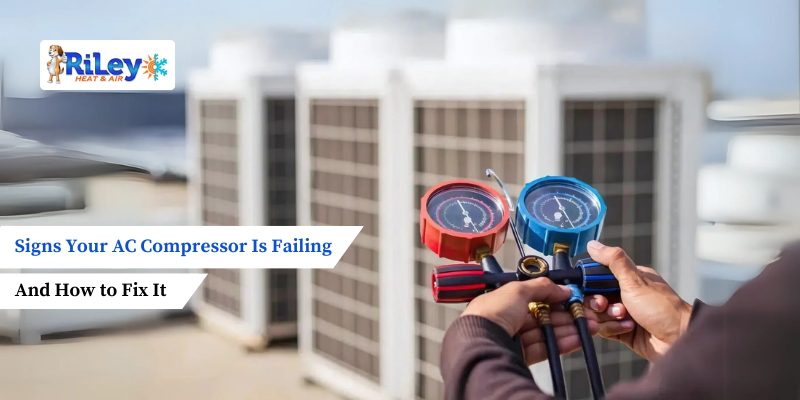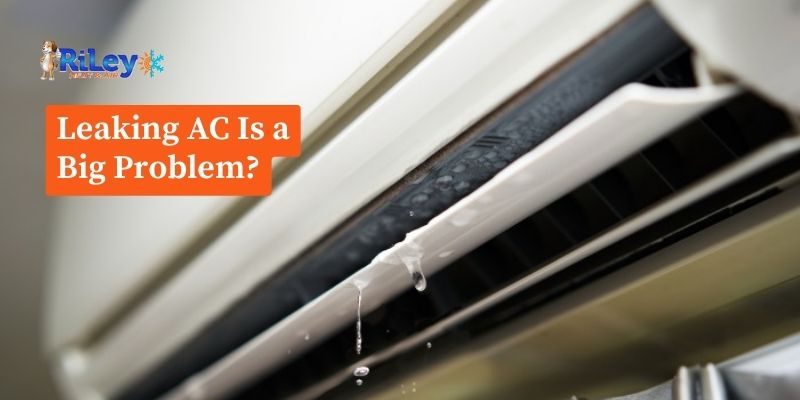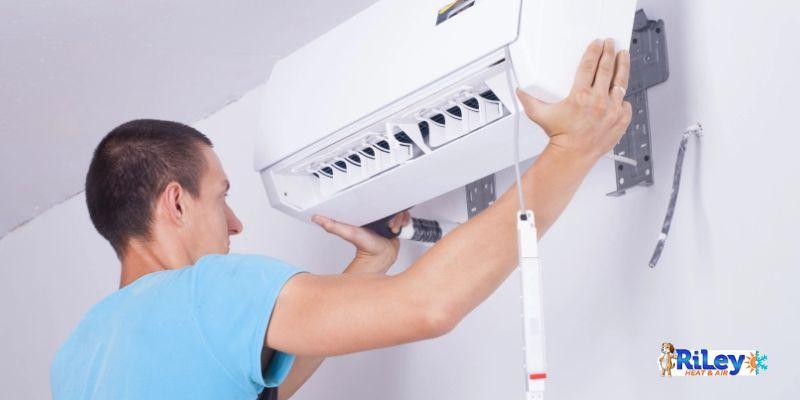
Installing an AC Unit: Everything You Need to Know
Installing an air conditioning (AC) unit can be daunting, but it can be a manageable project with the right knowledge and preparation. Whether replacing an old unit or installing one for the first time, there are several key considerations to keep in mind to ensure a successful installation. From selecting the right unit to proper positioning and electrical connections, here is everything you need to know to install an AC unit effectively.
Everything You Need to Know When Installing an AC Unit
1. Choose the Right Unit for Your Space
Before purchasing an AC unit, it is crucial to determine the appropriate size for your space. A unit that's too small will need help to cool the area efficiently, while one that's too large may cycle on and off frequently, leading to energy waste and uneven cooling. To find the right size, calculate the square footage of the room or rooms you want to cool and consult the unit's British Thermal Unit (BTU) rating. Generally, one BTU is needed per square foot of space, but factors such as ceiling height, insulation, and climate zone should also be considered.
Additionally, consider the type of AC unit that best suits your needs. Window units are popular for individual rooms or small apartments, while central AC systems are ideal for cooling entire homes. Ductless mini-split systems offer flexibility by allowing you to cool multiple zones independently. Evaluate your space and cooling requirements to determine the most suitable option for optimal comfort and energy efficiency.
2. Positioning and Mounting
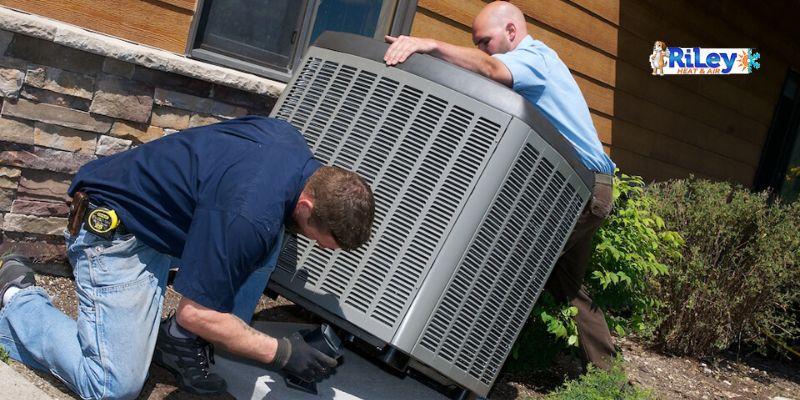
Proper positioning of your AC unit is essential for efficient operation and longevity. When installing a window unit, ensure it is mounted securely and level to prevent water leakage and strain on the window frame. The unit should be positioned close to the center of the room for even cooling and away from heat sources such as lamps or electronics, which can affect its performance.
For central AC systems, outdoor units should be placed in a well-ventilated area away from obstructions such as shrubs or debris that could impede airflow. Indoor units should be installed in a central location with sufficient clearance around all sides for proper airflow. Ductless mini-split systems require careful placement of both indoor and outdoor units to optimize cooling efficiency for each zone. Follow manufacturer guidelines and consult a professional to help with the best positioning for your specific AC unit.
3. Proper Electrical Connection
Once your AC unit is positioned correctly, it is crucial to ensure proper electrical connections to guarantee safe and efficient operation. For window units, plug the unit into a dedicated electrical outlet rated for the appliance's voltage and amperage requirements. Avoid using extension cords or sharing the outlet with other high-powered devices to prevent circuit overload.
For central AC systems, professional installation by a licensed electrician is recommended to ensure compliance with local building codes and safety standards. The outdoor unit will require a dedicated circuit with the appropriate voltage and amperage capacity. At the same time, the indoor unit may also need electrical connections to power the blower motor and thermostat.
Ductless mini-split systems typically require a separate electrical circuit for each indoor unit, with wiring running from the outdoor condenser to each indoor air handler. Follow the manufacturer's wiring diagrams carefully, and consult a qualified electrician if you need clarification on any aspect of the electrical installation process. Proper electrical connection is essential for preventing hazards such as electrical shock or fire and ensuring the reliable performance of your AC unit.
4. Sealing and Insulation
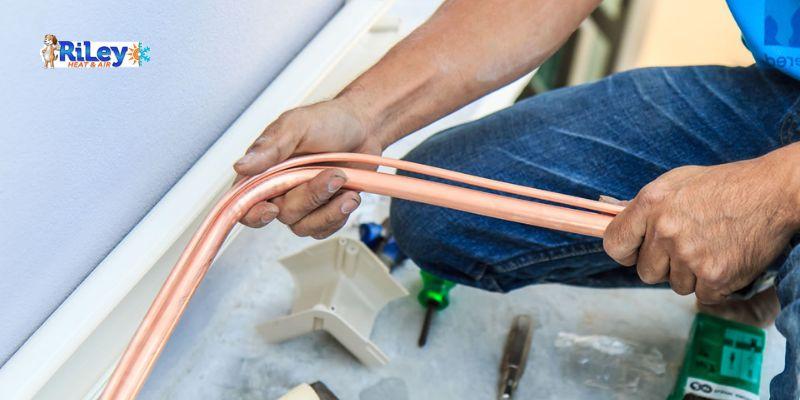
To maximize the efficiency of your AC unit and prevent air leaks, it is essential to properly seal and insulate any gaps or openings around the unit. For window units, use foam insulation strips or weatherstripping to seal the gaps between the unit and the window frame. This will help prevent warm air from entering the room and reduce the workload on the AC unit.
For central AC systems, ensure the ductwork is properly sealed and insulated to minimize air leaks and maximize airflow efficiency. Use mastic sealant or metal tape to seal any gaps or joints in the ducts, and consider adding insulation to ducts located in unconditioned spaces such as attics or crawlspaces to prevent energy loss.
Ductless mini-split systems typically require a small wall hole connecting the indoor and outdoor units. Seal around this opening with caulk or foam insulation to prevent air leakage and ensure proper thermal insulation. Properly sealing and insulating your AC unit can improve energy efficiency, reduce operating costs, and enhance overall comfort in your home or space.
5. Testing and Calibration
Once the AC unit is installed, it is essential to test and calibrate it to ensure it functions correctly and efficiently. Start by turning on the unit and allowing it to run for a few minutes to ensure that cold air is being produced. Check for any unusual noises or vibrations, which could indicate mechanical issues that need addressing.
Next, a thermometer measures the air temperature from the vents. Compare this temperature to the desired temperature setting on the thermostat. The unit may need calibration to ensure accurate temperature control if there is a significant difference.
For central AC systems, consider hiring professional air conditioning repair personnel to inspect and calibrate the system thoroughly. They can check refrigerant levels, clean or replace filters, and adjust settings to optimize performance and energy efficiency.
For ductless mini-split systems, ensure that each indoor unit is cooling its respective zone effectively. Adjust airflow settings as needed to balance temperature distribution throughout the space.
6. Maintenance and Upkeep
Regular maintenance is key to keeping your AC unit running smoothly and efficiently. Clean or replace air filters regularly to ensure proper airflow and prevent dust and debris buildup, which can reduce efficiency and strain the system.
For central AC systems, schedule annual professional maintenance to inspect and clean the evaporator and condenser coils, check refrigerant levels, lubricate moving parts, and address any issues before they escalate.
Ductless mini-split systems also benefit from regular maintenance, including cleaning or replacing filters, inspecting indoor and outdoor units for debris buildup, and ensuring proper condensate drainage.
By staying proactive with maintenance and addressing any issues promptly, you can prolong the lifespan of your AC unit and avoid costly repairs down the line. Consider enrolling in a maintenance plan with a trusted HVAC contractor in Washington, D.C, to ensure regular upkeep and peace of mind.
Wrapping Up
Installing an AC unit requires careful planning, execution, and ongoing maintenance to ensure optimal performance and comfort. By following these tips and investing in professional assistance when needed, you can enjoy reliable cooling and energy efficiency for years to come. Stay proactive with maintenance to keep your AC unit running smoothly and efficiently, even during the year's hottest months.


